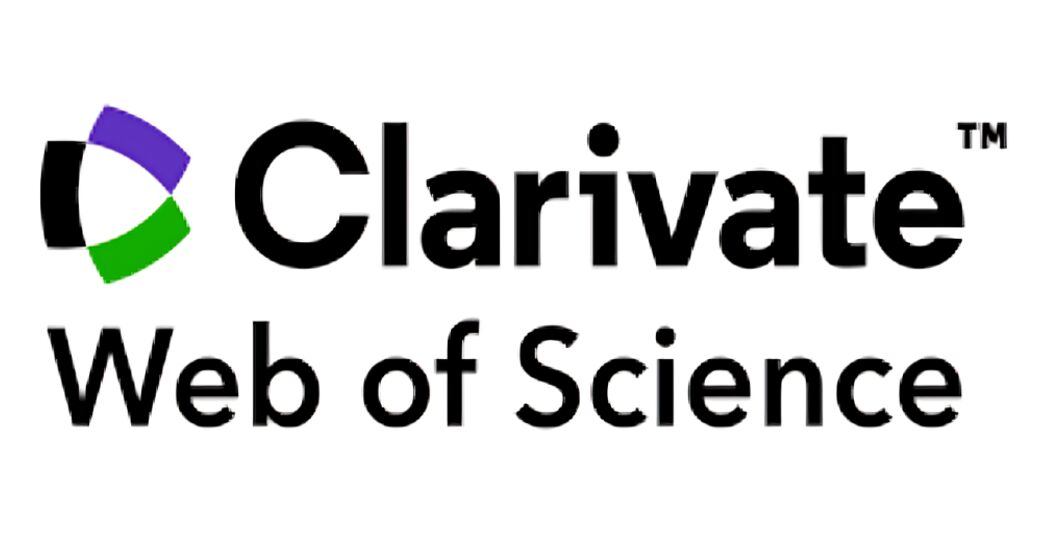Crafting an Impactful Research Paper for Web of Science


This article explores the premier strategies and best practices for creating an impactful research paper that meets the requirements of the Web of Science. By following these guidelines, researchers can increase their chances of publication and make a meaningful contribution to their field of study.
The Web of Science is a renowned scientific database that indexes thousands of scholarly journals across various disciplines. It provides researchers access to a vast collection of high-quality research papers and facilitates citation tracking and analysis. Understanding the database's scope, subject categories, and specific requirements is crucial for successful publication. Familiarize yourself with the targeted journals' aims and scope, as well as their author guidelines and manuscript formatting instructions. This knowledge will help you tailor your research paper to align with the expectations and preferences of the journals indexed by Web of Science.


Crafting an impactful research paper starts with formulating a compelling research question. Identify a research gap or an area of knowledge that requires further exploration. Your research question should be specific and clear and address a critical issue in your field. Consider the novelty and relevance of your research question to attract the attention of journal editors and readers. Conducting a thorough literature review will help you identify gaps and ensure that your research question contributes to the existing body of knowledge. Consult with experts in your field to gain valuable insights and refine your research question further.
A rigorous methodology is crucial to ensure the validity and reliability of your research findings. Clearly describe your research design, data collection methods, and analysis techniques. Provide a detailed explanation of your sample selection criteria and any ethical considerations. Use appropriate statistical methods and ensure that your data analysis is robust. Transparently report any limitations or potential sources of bias in your methodology. A well-designed methodology enhances the credibility and reproducibility of your research, making it more likely to be accepted for publication in Web of Science-indexed journals.

Craft a clear and concise introduction that provides context and clearly states your research objectives.
Present your findings logically and organized, using appropriate headings and subheadings.
Support your arguments with relevant evidence and accurately cite the works of others.
Write in a style that is accessible to a broad audience, avoiding overly technical language and jargon.
Consider grammar, spelling, and punctuation to ensure a polished manuscript.
Consider seeking feedback from colleagues or professional editors to improve the clarity and readability of your paper.

Receiving feedback from peer reviewers is a valuable opportunity to strengthen your research paper. Be open to constructive criticism and carefully address each comment and suggestion. Take the time to revise and clarify your manuscript based on the reviewer's feedback. If you disagree with a particular comment, provide a well-reasoned response backed by evidence or additional analysis when appropriate. By addressing peer reviewer feedback effectively, you demonstrate your commitment to quality research and increase the likelihood of publication in Web of Science-indexed journals.

Crafting an impactful research paper for Web of Science requires careful attention to detail and adherence to high standards. By formulating a compelling research question, designing a rigorous methodology, writing an engaging manuscript, and addressing peer reviewer feedback, researchers can increase their chances of publication and contribute meaningfully to their field. Embracing these strategies and best practices will help researchers navigate the competitive landscape of academic publishing and make a lasting impact through their research.
Publication Support Services

Take advantage of SITA's comprehensive Publication Support Services tailored specifically for researchers aiming to publish in Web of Science-indexed journals. Our experienced team understands the intricacies of the publishing process and can assist you in navigating the requirements and expectations of these prestigious journals. From manuscript formatting and language editing to addressing reviewer comments, we provide expert guidance to enhance the quality and impact of your research. Maximize your chances of publication success by partnering with SITA's Publication Support Services for Web of Science journals. Contact us today to learn more and take the next step toward sharing your research with the global scientific community.
What services do we offer?
If you have any questions, inquiries, or would like to learn more about our services, please don't hesitate to reach out to us. Our dedicated team is ready to assist you.